I don't know OA hands-on, so I can only put my two-cents in.
I'm afraid this isn't going to be be an easy transition. I've yet to see the first seamless transition from one data layer implementation to another (and I've seen a few). The main cause for this is that IQueryable is a leaky abstraction. That is, the data layer exposes IQueryables, but
- it doesn't support all features of the interface, and
- it adds its own features, and
- it's got its own interpretation of how to implement the features that are supported.
This means that if you're going to port your data layer to EF, you may notice that some LINQ queries throw runtime errors because they contain unsupported .Net methods/properties (for instance DateTime.Date), or perform worse -- or better, or return data in subtly different shapes or sorting orders.
Some important OA features that are missing in EF:
- Runtime mappings (EF's mapping is static)
- Bulk update/delete functions (with EF: only by using third-party libraries)
- Second-leve cache
- Profiler and Tuning Advisor
- Streaming of large objects
- Mixing database-side and client-side evaluation of LINQ queries (EF6: only db-evaluation)
On the other hand, the basic architectures of OA and EF don't seem to be too different. They both -
- support POCOs
- work with simple navigation properties
- have a fluent mapping API
- support LINQ through
IQueryable<T>, where T is an entity class.
- most importantly: both have revolve around the Unit of Work and Repository patterns. (For EF: DbContext and DbSet, respectively)
All-in-all it's goinig to be a delicate process of converting, trying and testing. One good thing is that your current DAL is already abstracted to a certain extent. Another is that the syntax doesn't even look too different. Where you have ...
dbContext.Add(newDockReport);
dbContext.SaveChanges();
... using EF this would become ...
dbContext.DockReports.Add(newDockReport);
dbContext.SaveChanges();
With EF-core it wouldn't even have to change one bit.
But that's another important choice to make: EF6 or EF-core? EF6 is stable, mature, feature-rich, but at the end of its life cycle (a phrase you've probably come to hate by now). EF-core, on the other hand, is the future, but is presently struggling to get bug-free in its major functions, not yet as feature-rich as EF6 (and some features will never return, although other new features are great improvements compared to EF6). At the moment, I'd be wary of using EF-core for enterprise applications, but I'm pretty sure that a year from now this is not an issue any more.
Whichever way you go, I'd start the process by writing large amounts of integration tests, if you didn't do so already. The advantage of integration tests is that you can avoid the hassle of mocking either framework first (which isn't trivial).


